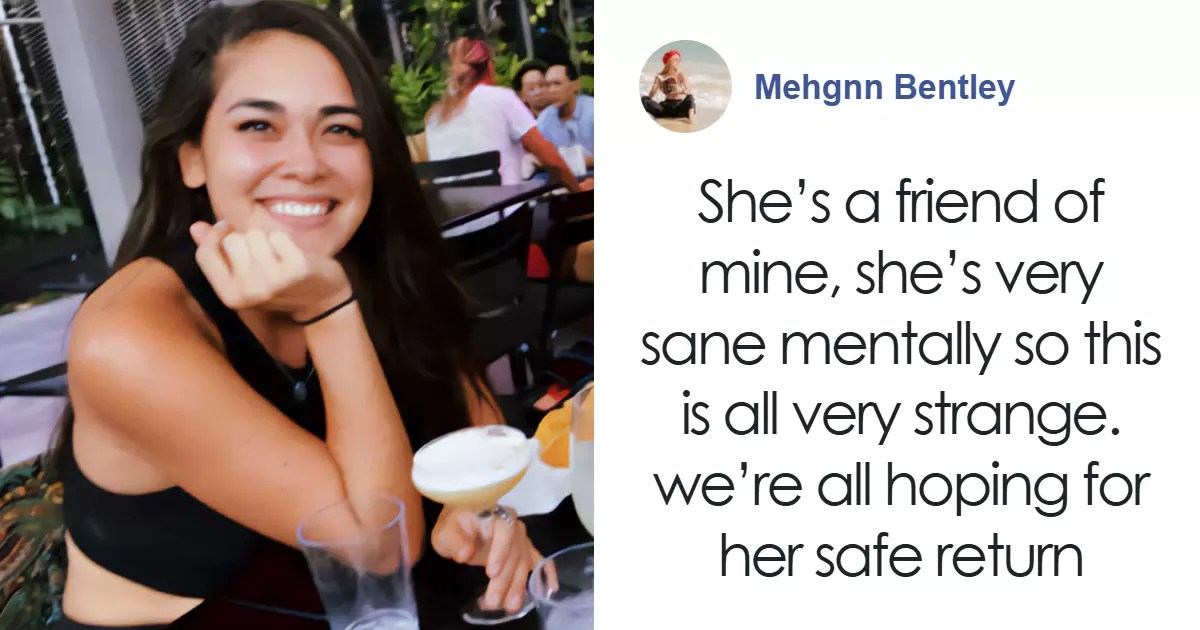The disappearance of Hannah Kobayashi remains a chilling enigma, a puzzle shrouded in unanswered questions and potential leads left unexplored. This deep dive into the case examines overlooked digital footprints, unconventional financial transactions, complex relationships, and subtle forensic details that could unlock the truth behind her vanishing. We’ll explore how seemingly insignificant anomalies, from deleted social media posts to unusual travel patterns, might hold the key to understanding what happened to Hannah.
By meticulously analyzing the available evidence and employing investigative techniques, we aim to shed light on potential avenues of inquiry that may have been previously neglected. This exploration delves into the intricate web of digital data, financial records, social connections, and physical evidence, offering a fresh perspective on this perplexing case and the possibility of undiscovered clues.
Relationships and Social Connections

Investigating Hannah Kobayashi’s disappearance requires a meticulous examination of her relationships and social circles. Understanding her interactions with others, both personally and professionally, is crucial to uncovering potential motives, alibis, and overlooked clues. This involves not just identifying individuals in her life, but also analyzing the dynamics and complexities within those relationships.
Investigating Hannah Kobayashi’s Relationships
This investigation begins by creating a comprehensive list of everyone Hannah knew, categorizing them by relationship type (family, friends, colleagues, romantic partners, acquaintances). Each individual’s contact details, communication history (emails, texts, social media interactions), and any shared activities or events should be documented. Interviews should be conducted with each person, focusing on their last contact with Hannah, any observed changes in her behavior leading up to her disappearance, and any knowledge they may possess regarding potential conflicts or unusual circumstances. Polygraph testing, where appropriate and legally permissible, could further enhance the reliability of the information obtained. Furthermore, background checks on individuals of interest should be performed to identify any potential criminal history or other relevant information.
Comparison of Witness Statements
Contradictions and inconsistencies in witness statements are common in investigations. For example, one friend might recall Hannah mentioning a stressful work situation, while another claims she seemed happy and carefree. These discrepancies shouldn’t be dismissed outright; they can point to hidden tensions or suppressed information. Careful comparison of timelines provided by different witnesses is essential. For instance, if one witness claims to have seen Hannah at a specific location at a particular time, but another witness places her elsewhere, this conflict requires thorough investigation. Analyzing these inconsistencies may reveal crucial information about Hannah’s whereabouts and activities before her disappearance. Digital forensic analysis of her devices could corroborate or contradict witness accounts.
Social Network Mapping and Potential Conflicts
Mapping Hannah’s social network is vital to identifying potential conflicts or hidden alliances. This can be represented visually as a network diagram, with Hannah at the center, and individuals connected to her radiating outwards. The strength of the connections (e.g., close friend, colleague, acquaintance) can be represented by line thickness or color-coding. This visual representation helps identify clusters of individuals and potential points of conflict or tension.
- Example 1: If Hannah had a strained relationship with a colleague due to workplace rivalry, that colleague becomes a person of interest. The investigation would need to determine if this conflict escalated to a point where the colleague might have had a motive to harm Hannah.
- Example 2: If Hannah was involved in a romantic relationship that recently ended acrimoniously, the former partner becomes a crucial focus. Investigators need to assess whether the breakup could have triggered a violent or retaliatory act.
- Example 3: If a group of Hannah’s friends were involved in illicit activities, the investigation must explore the possibility that her disappearance is linked to their criminal endeavors.
Identifying hidden alliances within the network is also important. For example, two seemingly unrelated individuals might have a secret connection or shared motive that is relevant to the case. The network map allows investigators to identify these potential alliances and explore their significance. The use of social network analysis software can assist in identifying key individuals and relationships within the network.
The Hannah Kobayashi case underscores the critical importance of thorough and meticulous investigation, reminding us that even the smallest detail can be a crucial piece of the puzzle. While the answers remain elusive, the exploration of overlooked leads and clues offers a glimmer of hope in the search for truth. By revisiting existing evidence with fresh eyes and employing advanced investigative techniques, we can inch closer to unraveling the mystery surrounding Hannah’s disappearance and potentially bringing closure to those affected by this tragic event. The pursuit of justice, even in the face of ambiguity, demands relentless pursuit of the truth, however elusive it may be.
